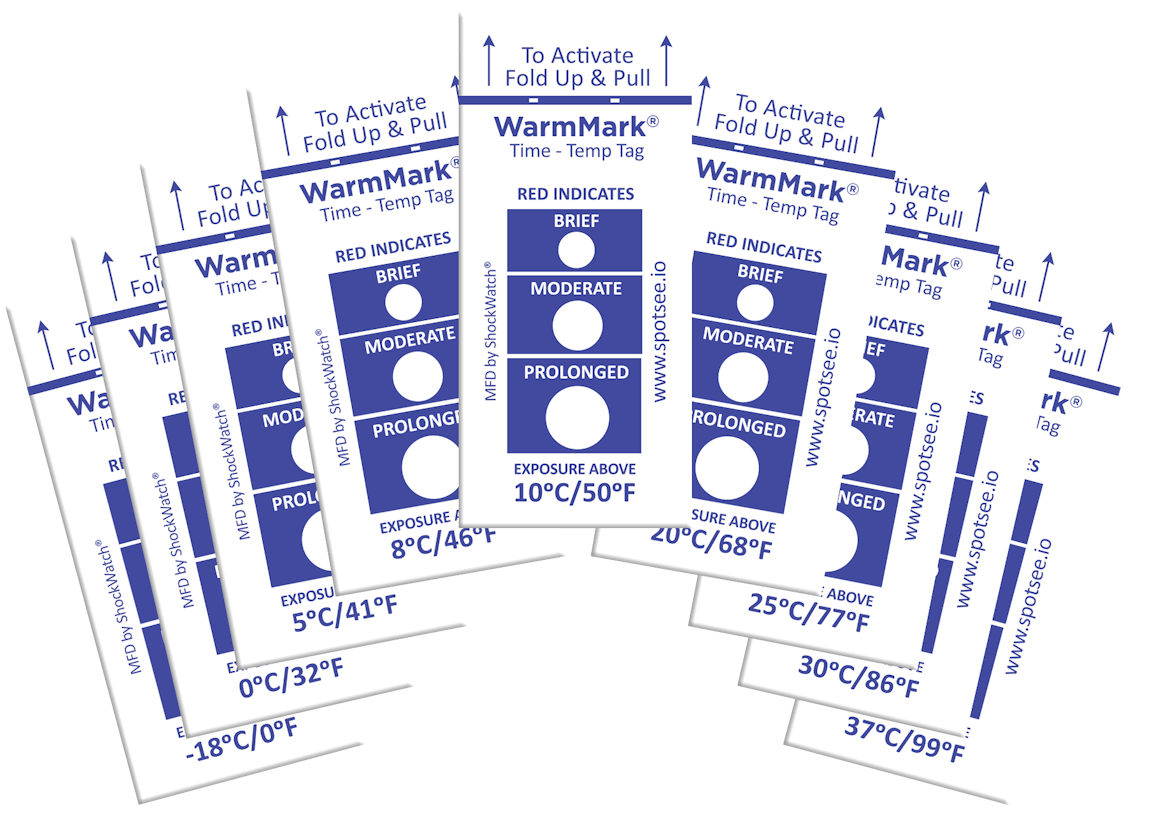What is the cold chain?
Before we get started, it’s important that we clarify what the cold chain is.
A cold chain is a low temperature-controlled supply chain network for the effective handling of temperature-sensitive products. It involves an unbroken series of refrigerated processes for perishable items and covers production, storage, transport, and distribution. The cold chain objective is to ensure products are able to retain the desired qualities when they reach the end user.
When it comes to cold chains for vaccines, they need to be stored within a specific temperature range – the temperature requirement for some vaccines can be as low as -80°C. This means the cold chain starts from the time of manufacturing, through delivery and storage, to when the vaccine is administered to the patient.
What are the most common risks for life science in cold chain management?
Cold chain businesses such as Life Science face many risks when it comes to protecting their temperature-sensitive goods. Just one single incident of unfavourable temperature conditions is enough to damage a whole inventory of perishable products. Some of the most common risks include:
- Refrigerator or freezer breakdown: The most common cause for this being power interruptions, as cooling systems will fail when there is a blackout. The damage may also be severe when a power interruption occurs in a refrigerated truck with only one electricity source.
- Human error: Insufficient training, improper use of equipment, poor packaging, or even being in too much of a rush to pack effectively, can all be a risk. It can lead to the tearing of packages and exposing of goods to environmental temperatures.
- Shipment theft: Theft can have severe implications in cold chains. It brings losses to business owners and can pose a danger to the end user. Another risk is that the thief may not have the infrastructure needed to maintain temperatures for the stolen product, so if the product reaches the consumer long after leaving the cold chain, they may be ineffective and even life-threatening.
- Varying standards and infrastructure: Issues in global supply chains include the lack of intermediate temperature-controlled storage facilities, uneven cooling in warehouses, and limited cooling options. These can all lead to further difficulties in ensuring a product is protected.
Risks like those listed above can not only be costly and disruptive, but also dangerous for whomever the medication is for. This is why it’s so important to make sure that the product stays within the temperature-range needed.
But when a product leaves the manufacturer, there is a loss of visibility and control over its safety and efficacy. 3 in 5 physicians surveyed said they were “very concerned” that cold chain breaches will compromise the efficacy of the drugs they prescribe. Harris Interactive survey also found that 83% of primary care doctors reported experiencing a cold chain break. So how can you monitor the temperature of the product and make certain it remains safe from these risks? The answer is below.




